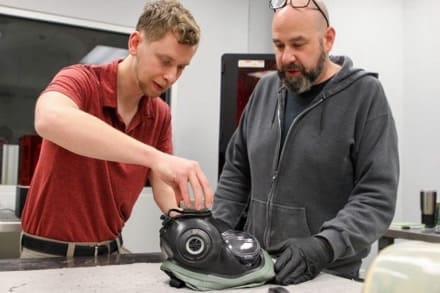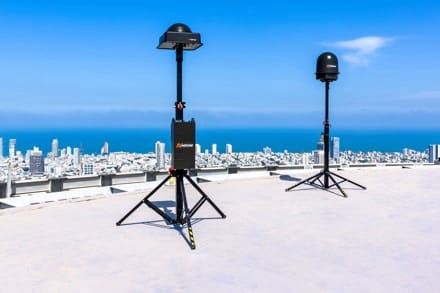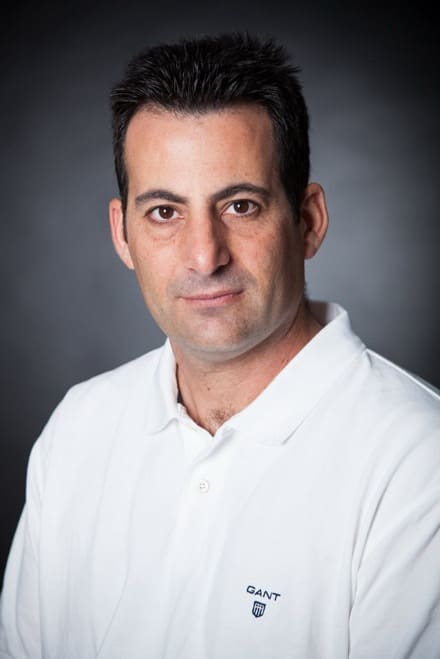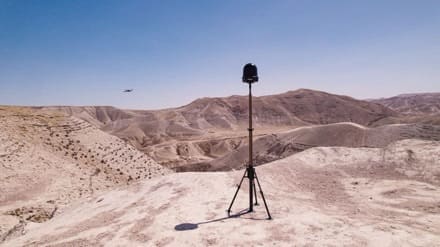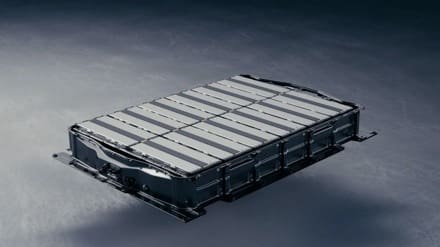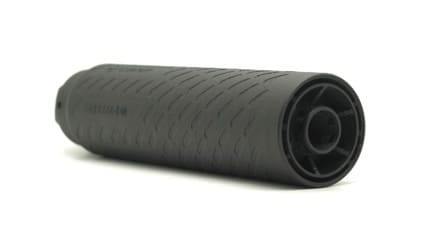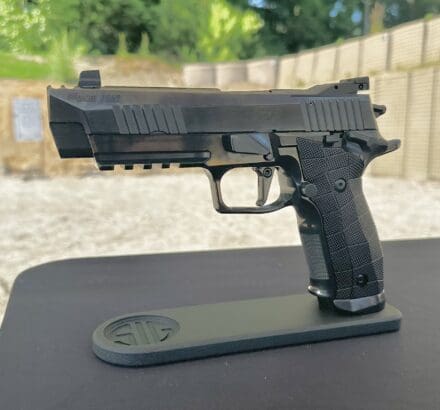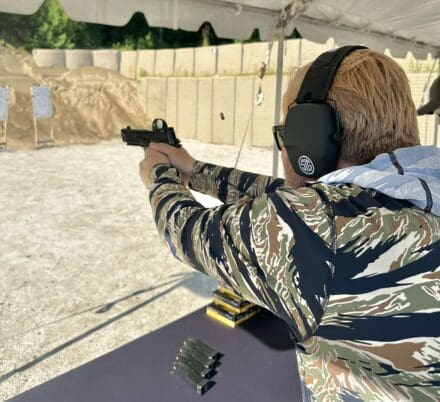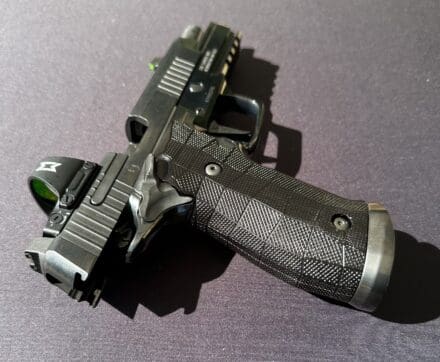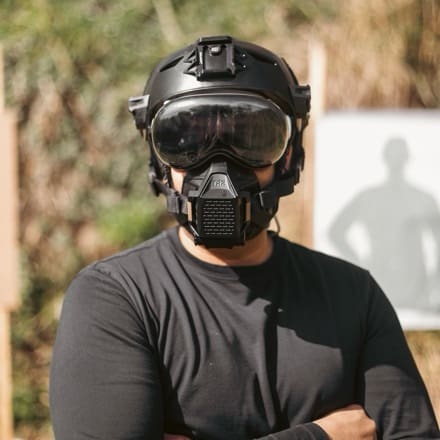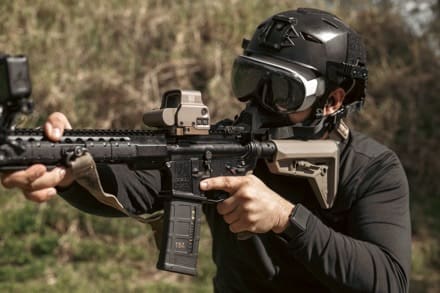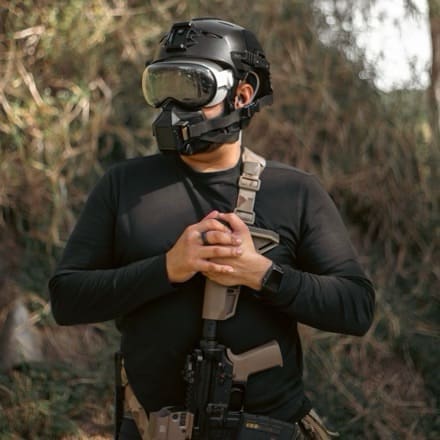Jake Ganor’s latest research article, “A Facile Method for the Estimation of Ceramic Performance in Light Armor Systems,” has been recently published by The American Ceramic Society.

Tulsa, Okla. (June 2024) – Jake Ganor, the founder of Adept Armor, the most innovative company in leading performance body armor, has published a research article titled “A Facile Method for the Estimation of Ceramic Performance in Light Armor Systems” with The American Ceramic Society. This article introduces an innovative empirical equation that offers a significant advancement in the prediction of ballistic performance for ceramic armor materials. For professionals in law enforcement, military, security, and defense industries, this article presents a significant leap forward in the development of lightweight, high-performance ceramic armor.
Key Insights Include:
• Challenges with Traditional Methods: Traditional ballistic armor development has relied heavily on finite element models, which are computationally intensive and often fail to accurately predict the performance of ceramics, especially novel materials.
• Novel Empirical Equation: The new methodology provides a simpler, more cohesive way to estimate ballistic performance from mechanical properties, addressing the limitations of previous models.
• Performance Correlation: This approach successfully defines performance relations between different ceramic materials and identifies which mechanical properties correlate with ballistic efficacy.
• Implications for Development: The novel equation enables rapid development and optimization of more effective ceramic armor materials, marking a pivotal shift in armor material science.
Understanding and applying this new methodology can lead to more effective protective gear, enhancing the safety and performance of personnel in the field. Read the full article here: ceramics.onlinelibrary.wiley.com/doi/10.1002/ces2.10227.
For more information on Adept Armor and its range of innovative protective solutions, visit its website.
Explore Adept Armor Body Armor plates:
• Colossus™ – Beyond RF3 – Level IV Body Armor


